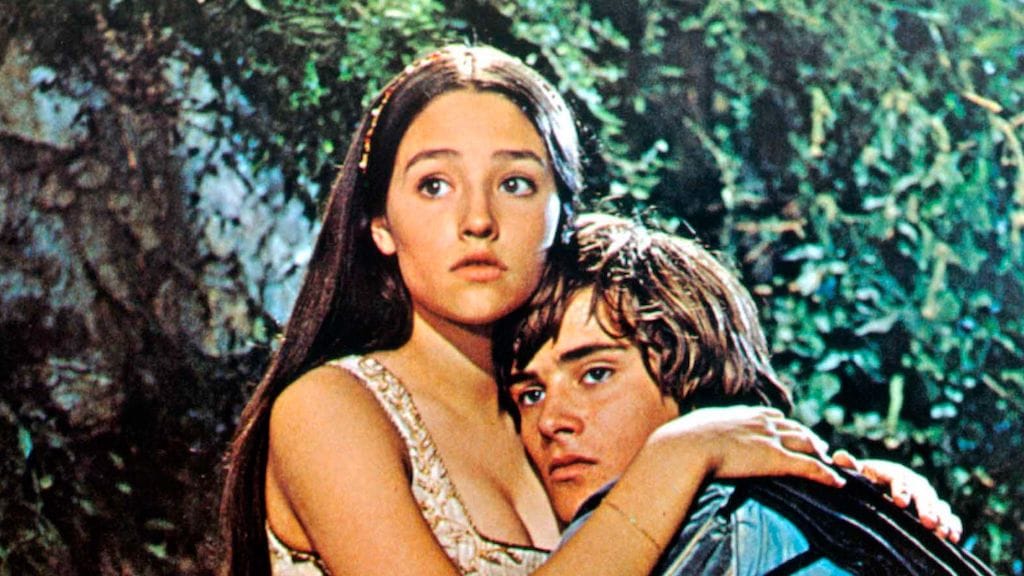
Movie sex scenes are a time capsule of our evolving norms around relationships and consent. These 10 went out of bounds in alarming ways.
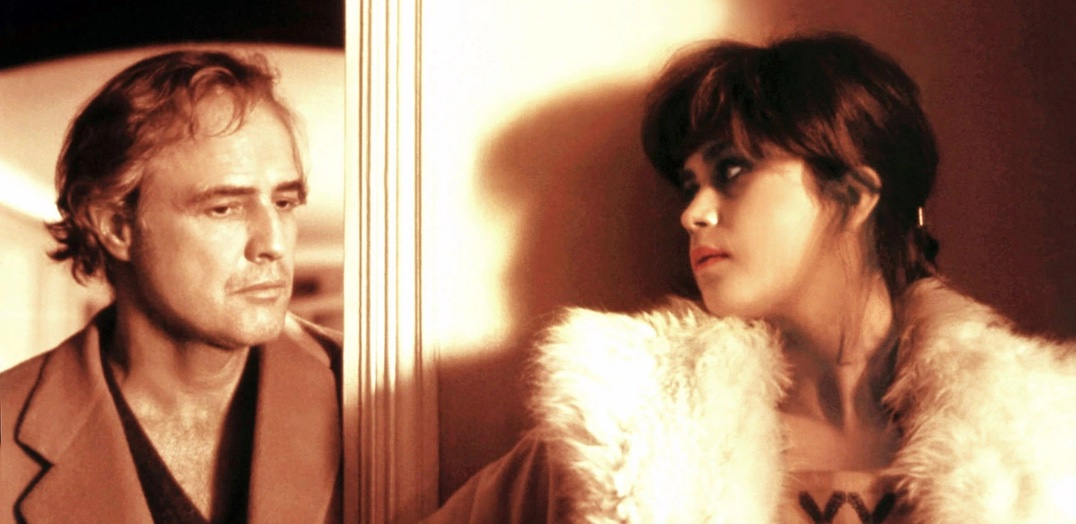
A master class in how not to direct sex scenes. Thirty-year-old director Bernardo Bertolucci and 48-year-old star Marlon Brando decided the morning of the movie’s most infamous sex scene to incorporate butter into it, but didn’t tell 19-year-old lead actress Maria Schneider about it until the cameras were rolling.
“I wanted her reaction as a girl, not as an actress,” Bertolucci, who died in 2018, later said. “I wanted her to react humiliated.” Schneider, who died in 2007, said she did indeed feel violated by the scene.
When the scene gained renewed scrutiny in 2016, Bertolucci clarified that Schneider was aware that the scene would be violent, and that it was in the script, but that the “the only novelty was the idea of the butter. … And that, as I learned many years later, offended Maria. Not the violence that she is subjected to in the scene, which was written in the screenplay.” He also clarified that the sex in the film is all simulated.
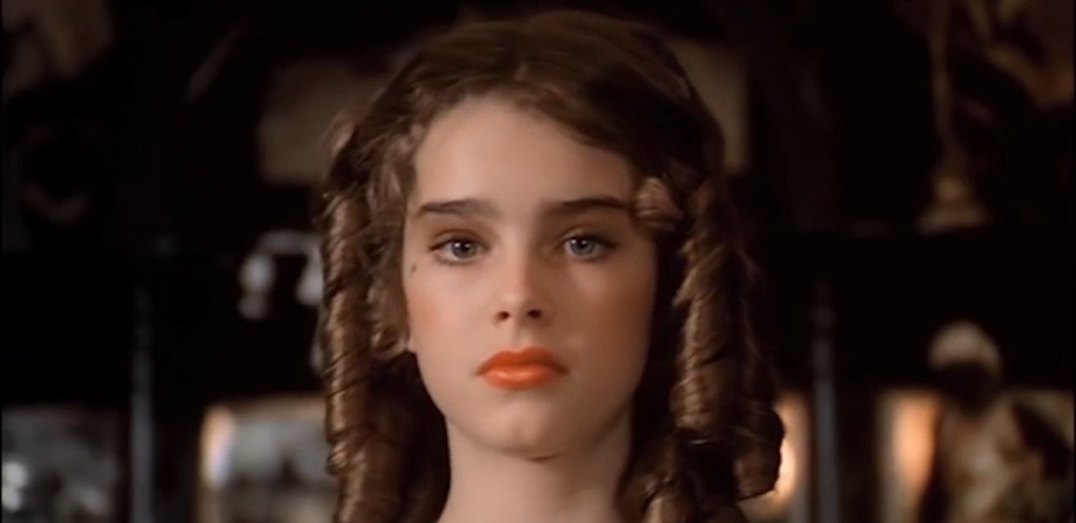
The recent Hulu documentary Brooke Shields: Pretty Baby catalogues the countless ways that Hollywood men sought to sexualize Shields from an early age. The film takes its title from Pretty Baby, the Louise Malle film based on a true case of a 12-year-old, raised in a brothel, and forced into exploitation by her mother.
The film sympathizes with Shields’ character, Violet, but raised understandable alarm because it shows Shields undressed. The film was deemed so problematic even by 1978 standards that it sparked countless articles debating its decency, and the British Board of Film Classification carefully debated whether it should be legal.
One dubious scene: a kiss between Shields, who was 11 at the time, and 28-year-old co-star David Carradine — though Shields said recently on The Drew Barrymore Show that Carradine was “gracious” and “protective” of her on set.

You could write whole articles about the problems with Revenge of the Nerds, and many people have, but one of the main ones is a scene in which nerds use hidden cameras to watch sorority women in various states of undress. It’s a felony, nerds.
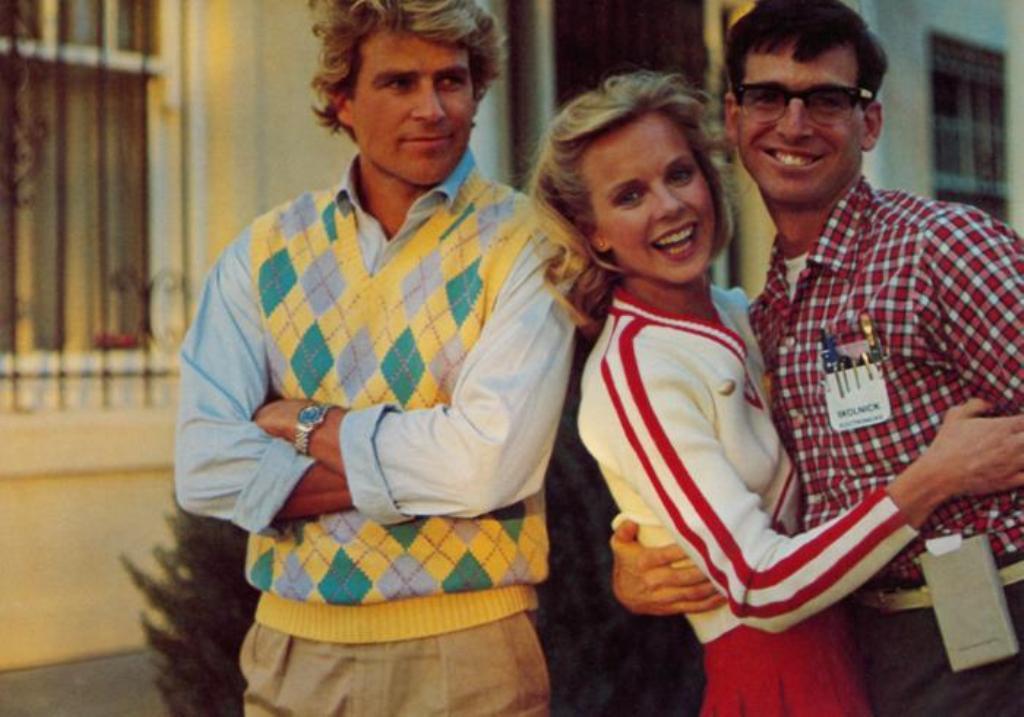
The most troubling part of Revenge of the Nerds is a scene in which lead nerd Lewis (Robert Carradine), the supposed hero of the movie, wears a mask to trick a fellow student into believing he’s her boyfriend. After they have sex, she’s delighted by how good it was, which is the movie’s way of justifying the criminal deception. Terrible lessons all around.
Screenwriter Steve Zacharias has said he regrets both the mask scene and the hidden camera scene, and he removed them when he sat down to write a musical adaptation of the film.
Also Read: 12 Shameless ’80s Comedies That Just Don’t Care If You’re Offended
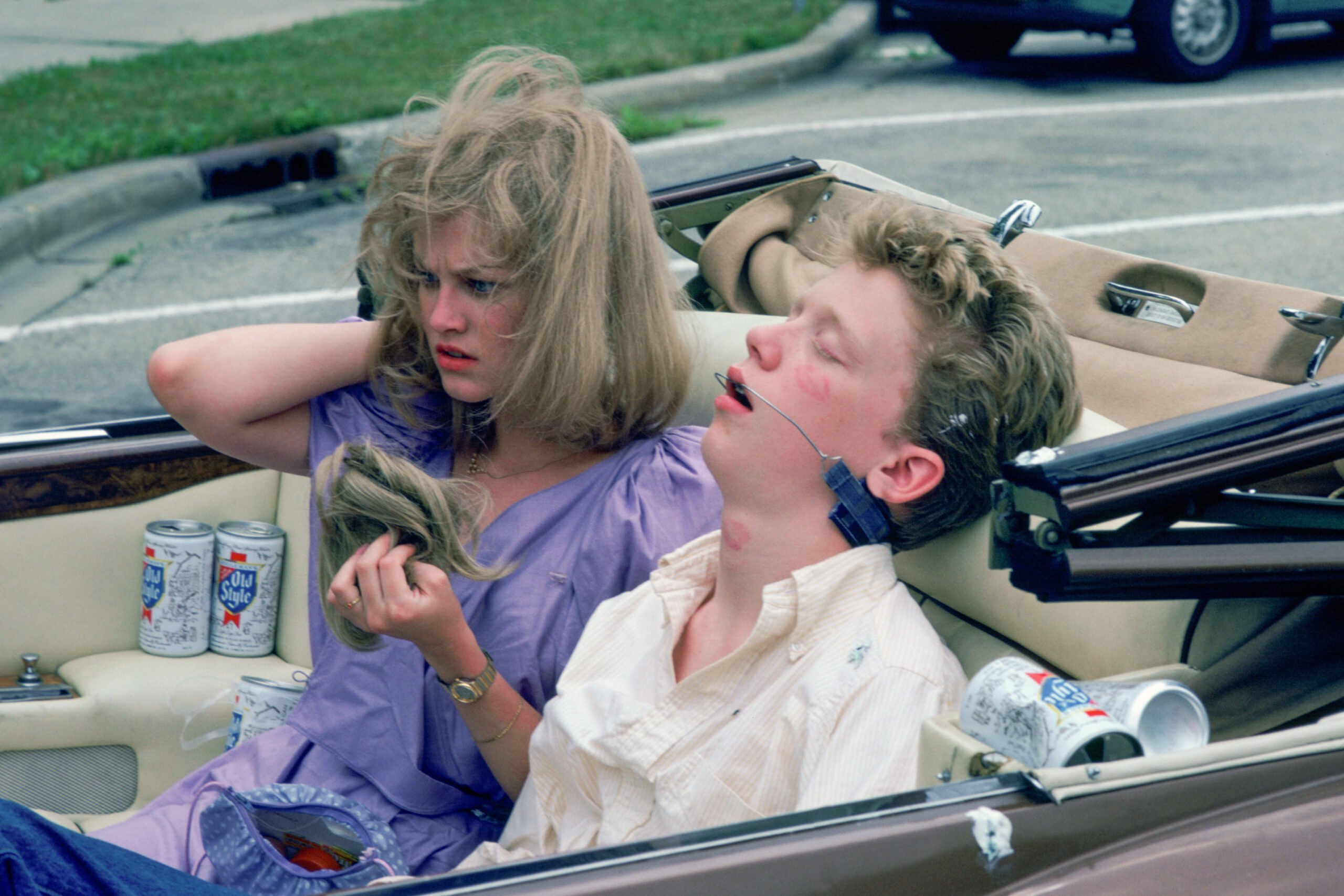
Sixteen Candles is another film in which the awfulness of a character’s behavior is compounded by the movie expecting us to like him. Jake Ryan (Michael Schoeffling) is presented as the dream guy of our heroine, Samantha (Molly Ringwald). But at one point Jake passes off his unconscious girlfriend, Carloline (Haviland Morris), to another guy, Ted.
Jake tells Ted, “Have fun.” The next day, Caroline and the Ted conclude that they had sex. He asks if she enjoyed herself, and she says, “You know, I have this weird feeling I did,” which is the movie’s way of justifying the guys’ behavior.
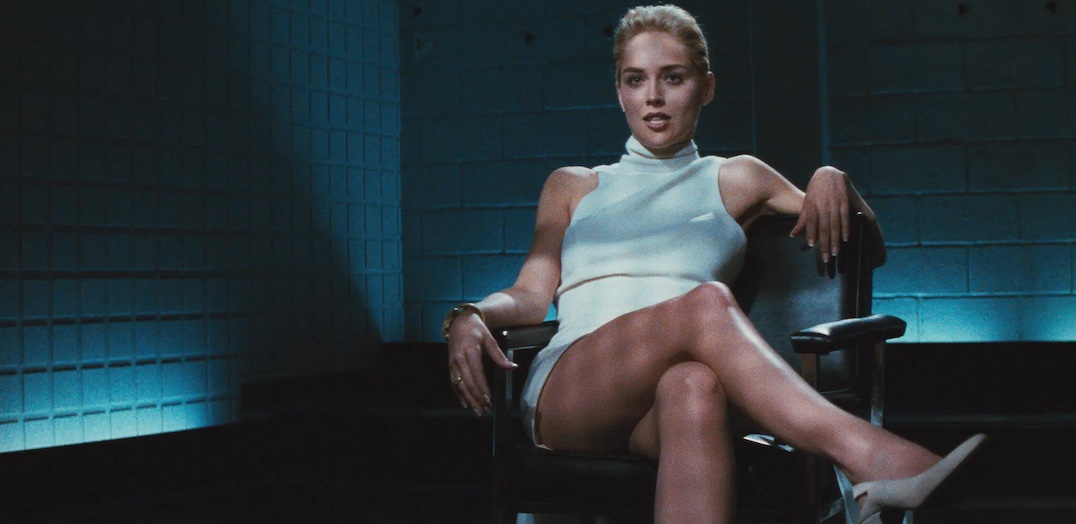
Sharon Stone wrote in her memoir The Beauty of Living Twice that she was tricked into the most revealing scene in Basic Instinct by a crew member who told her she needed to remove her underwear because it was “reflecting the light.”
She said she was so shocked by the end result that she slapped director Paul Verhoeven and immediately called her lawyer — but that she eventually agreed to the release of the scene. Verhoeven later said Stone was a willing participant in the scene and “knew exactly what we were doing,” which she disputes.
Stone told the Table for Two podcast earlier this year that she lost custody of her child in a 2004 court case because of her role in the film.
“I lost custody of my child,” she said. “When the judge asked my child — my tiny little tiny boy — ‘Do you know your mother makes sex movies?’”
She lamented “this kind of abuse by the system… that I was considered what kind of parent I was because I made that movie.”
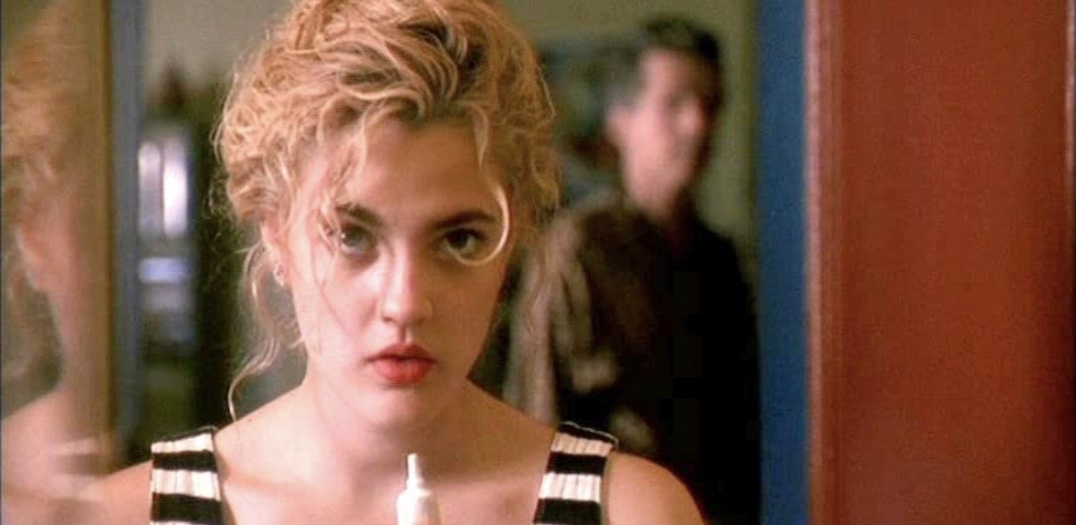
We don’t think depictions of bad behavior are endorsements of it, and Poison Ivy in no way suggests that there’s anything OK about the relationship between Ivy (played by a then-16-year-old Drew Barrymore) and her friend’s dad (a then-58-year-old Tom Skerritt).
The film wasn’t intended as gross exploitation — it even premiered at the prestigious Sundance Film Festival.
Director Katt Shea has said she and Skerritt were well aware of the potential problems inherent in the relationship between Ivy and the much older character, and that she was protective of Barrymore, using a body double for her in certain scenes.
Nonetheless, she said in 2022 interview with Yahoo: “I don’t think that movie would be made today, period.”

We can’t even type the name of this movie, based on the masterful Vladimir Nabakov novel, without freaking out internet censors. You can blame gross people who use it as a euphemism for despicable criminal conduct.
Stanley Kubrick’s 1962 adaptation of Navabov’s novel proved that you didn’t need to be explicit to tell the mortifyingly sad story of Humbert Humbert, who abducts and abuses his young stepdaughter, Dolores Haze, while lying to the audience and himself that it’s a consensual love affair instead of a serious of horrendous crimes.
Adrian Lyne’s 1997 version decided that relaxed standards in the 1990s would allow him to finally adapt Vladimir Nabakov’s novel without leaving things to the imagination — but his timing was very bad. During the making of the film, President Clinton just signed the Child Pornography Prevention Act, which banned depictions of sexual activity by minors. Though Lynn was using an adult body double for 15-year-old lead actress Dominique Swain, distributors were so spooked that the film debuted not in theaters, but on Showtime.
Lynn may have just gone about the whole thing wrong: Nabakov’s novel contains not a single dirty word. Kubrick’s adaptation was up to the challenge of adapting it, with similar restraint, and Lyne’s artistic endeavor felt unnecessary and misguided.

The film by Abdellatif Kechiche led a Cannes Film Festival jury to give the Palme d’Or prize to not only the director, but also his two lead actresses, Léa Seydoux and Adèle Exarchopoulos. But Seydoux said soon after that the long takes of intimate scenes were “kind of humiliating sometimes, I was feeling like a prostitute.”
Kechiche said of the critcism: “If Seydoux lived such a bad experience, why did she come to Cannes, try on robes and jewelery all day?” he said. “Is she an actress or an artist of the red carpet?” He also said the film shouldn’t be released, because it was too “sullied.” But it was released in the end.
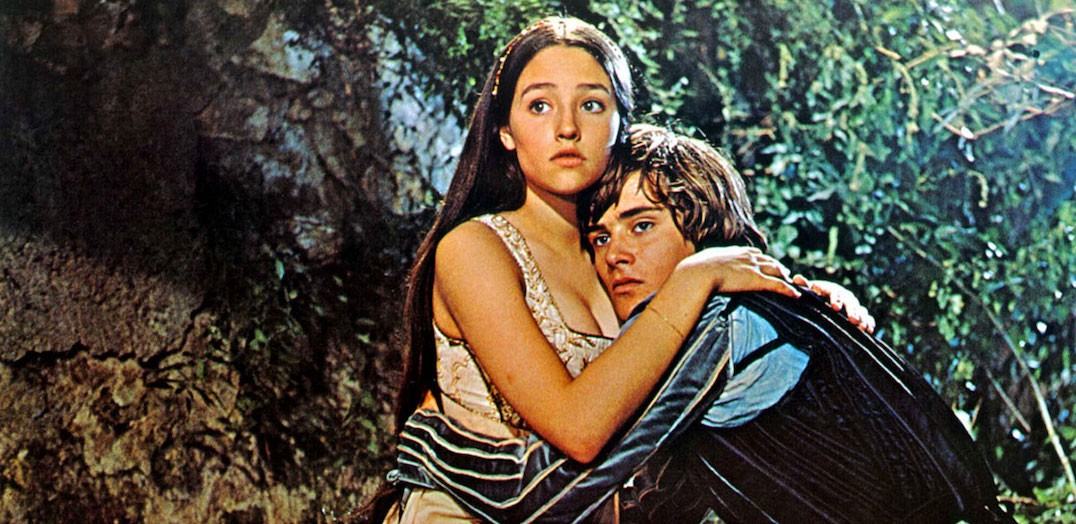
The two stars of 1968′s Romeo and Juliet sued Paramount Pictures in 2023 for more than $500 million over a scene they shot as teenagers.
Olivia Hussey, who was 15 at the time and died last year at 73, and Leonard Whiting, then 16 and now 74, said director Franco Zeffirelli, who died in 2019, misled them by saying they would wear flesh-colored undergarments in an intimate scene, but informed them on the morning of the shoot that they would wear only body makeup.
A judge dismissed the case in May 2023, but Whiting and Hussey filed a second lawsuit against Paramount, claiming the studio had digitally redistributed the film without their permission.

Here’s a story about the Best Picture winner Anora, which features lots of sex scenes that were carefully communicated between director Sean Baker and the film’s actors.
You might also like this list of 12 Rad ’80s Movies Only Cool Kids Remember, featuring the sequel to Revenge of the Nerds.
Main image: Romeo and Juliet. Paramount Pictures.

These shameless ’80s comedies had a rowdier sense of humor than the films of today. They didn’t worry if you were offended — they just wanted to make you laugh.

It will never stop amusing us that the guy who made Porky’s, the great director Bob Clark, also made A Christmas Story. (He also made the horror movie Black Christmas and the kids movie Baby Geniuses. Talk about range.)
Porky’s is one of those ’80s comedies that kids were often shielded from, which in retrospect makes sense: Though it was presented as a freewheeling comedy, it’s filled with weird humiliations, often of a sexual nature, and of course includes a peeping scene that doesn’t meet modern standards of consent.
But to call back A Christmas Story, Bob Clark didn’t give a fuuuuuuuuuuudge.

At one point, Dan Aykroyd disguises himself as a Jamaican. That isn’t great. And some people have objected to the scene where a gorilla takes a bad guy as his mate. Maybe that isn’t so funny in retrospect.
But other elements ofTrading Places are incredibly good, including the film’s very smart take on nature vs. nurture, and its smart observations about all the assumptions our society makes about who deserves to be rich.
We love it’s then-modern update on the screwball comedies of the 1930s, and Aykroyd, Eddie Murphy and Jamie Lee Curtis are all extremely good. It’s one of our favorite ’80s comedies.

John Cusack plays Lane Meyer, a teenager who attempts, repeatedly, to remove himself from this earth after he’s dumped by his girlfriend, Beth Truss (Amanda Wyss) for cocky blonde guy Roy Stalin (Aaron Dozier).
The whole plot would never fly today, nor the slapstick jokes around a teenage boy trying to end himself. But the entire movie is such masterful absurdist comedy that no thinking person could possibly take it seriously.
Also, like many of the movies of the time, it features some dicey Asian characters, but at least they’re good at racing and have girlfriends. We’d say they’re much cooler, at least by high school standards, than poor Lane is.
Finally, Diane Franklin (above, with Cusack) is excellent as Monique, a notably smart, capable and cool dream girl. So there’s that. This is maybe the most ’80s of all ’80s comedies.

The whole setup of this dark screwball comedy will feel a tad misogynistic to some: Steve Martin plays a mad neurosurgeon, Dr. Michael Hfuhruhurr, who falls in love with femme fatale Dolores Benedict (Kathleen Turner), then builds up resentment as she declines to consummate their marriage.
Meanwhile, he falls in love with a disembodied brain, Anne (voiced by Sissy Spacek) and begins searching for a body in which to house her. Along the way, he roots for one attractive woman to die, and ponders killing another. It all crescendoes in a joke at the expense of compulsive eaters.
It’s not in the same league as The Jerk, a previous collaboration between Steve Martin and director Carl Reiner, but it has some very funny scenes.

Heathers is the most pitch black of ’80s comedies, and embodies fatalistic Gen X cool. It was written by Daniel Waters as a kind of counter-point to the generally sunnier John Hughes comedies of the day.
The film stars Christian Slater as a charismatic teen lunatic who enlists popular girl Veronica in his plot to start offing popular kids, and staging things to make it look like they did themselves in — enlisting nefarious props like mineral water to makethe crime scenes more convincing.
Remember, this was the ’80s, when the idea of deadly suburban high-school kids seemed hilariously absurd. A recent attempt to revive Heathers as a TV series was delayed and derailed by multiple incidents of real-life school violence that may the idea seem very unfunny to modern viewers.
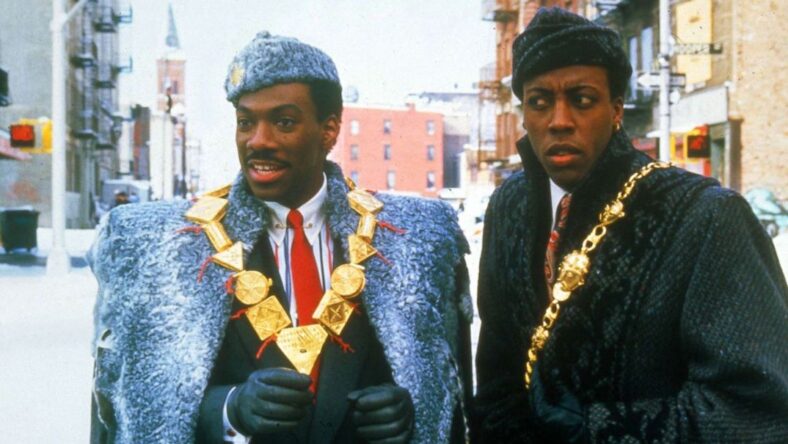
There’s something to offend everyone in the brilliant comic grotesquerie of Coming to America, a movie that goes after almost every demographic but respects all variety of hustles. Eddie Murphy takes the Richard Pryor trick of playing several characters in the same scene and, with the help of make-up, perfects it.
Coming to America has countless jokes that young, modern audiences may find shocking, but hey: They were also shocking when the movie came out. Eddie Murphy and his collaborators just didn’t care. They wanted hard laughs, and they got them.
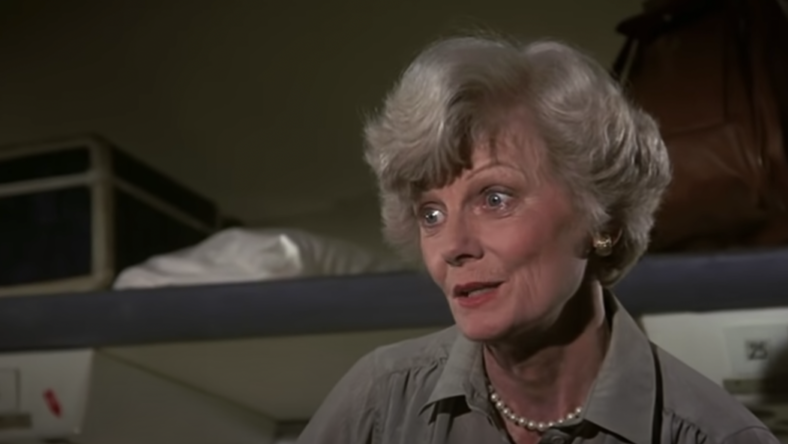
Airplane is loaded with questionable jokes, including June Cleaver herself speaking jive. It’s deeply inappropriate — and also one of the funniest things that has ever happened in a movie.
Kudos to David Zucker, Jim Abrahams and Jerry Zucker — synonymous with ’80s comedies — for coming up with the idea of Barbara Billingsley delivering the line, “Oh stewardess? I speak jive.” And also for the 7,000 other great jokes in Airplane, one of the all-time greatest comedies that don’t care if you’re offended.
The ZAZ team also came up with two more of the all-time great comedies on this list.

“When we do screenings of Airplane! we get the question if we could do Airplane! today,” David Zucker, one-third of the Zucker-Abrahams-Zucker trio, recently said in an interview with PragerU. “The first thing I could think of was, ‘Sure, just without the jokes.’”
He also complained that modern Hollywood is “destroying comedy because of nine percent of the people who don’t have a sense of humor.”

This film, the second Zucker-Abrahams-Zucker classic on our list, features muscle-bound, gun-totin’ Black French character named Chocolate Mousse. At one point a bad guy is mounted by a bull. An extreme facial disfigurement gets one of the movie’s biggest laughs.
Top Secret is also, for our money, maybe the funniest movie ever made: It’s an absurdist caper that crosses a Cold War spy thriller with an Elvis movie, with perfectly orchestrated sight gags that get better with ever watch. The backward bookshop scene? Mesmerizing.
Top Secret also includes one of the all-time best jokes of ’80s comedies: “My uncle was born in America. But he was one of the lucky ones. He managed to escape in a balloon during the Jimmy Carter presidency.” That’s a great setup and payoff, whatever your politics.

The final Zucker, Abrahams and Zucker film on our list, The Naked Gun features a dizzying, hilarious array of risque jokes, all of which are terrific. The building statues sequence is a standout.
It’s also the only film on this list to co-star a man once accused of double homicide — a rarity among ’80s comedies.
No one is apologizing.
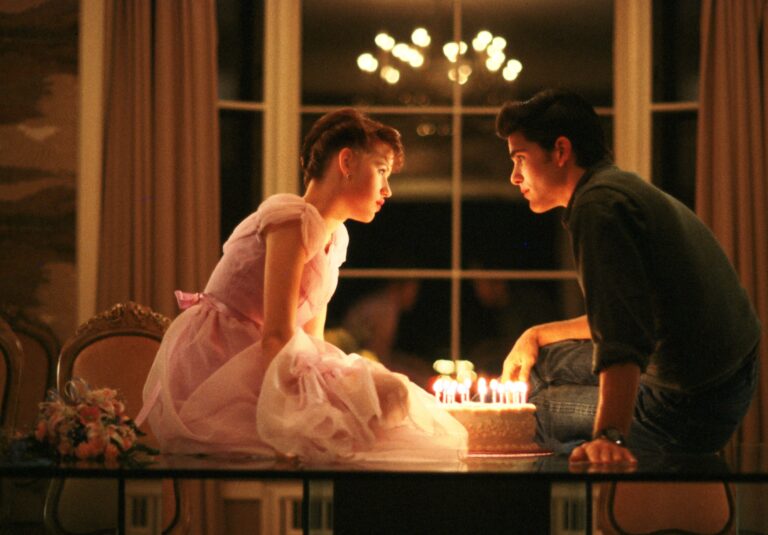
John Hughes’ Sixteen Candles has gotten a lot of criticism, in retrospect, for the stereotypical Long Duk Dong character (played by Gedde Watanabe) and a scene that makes Anthony Michael Hall’s character seem predatory, in retrospect.
Watanabe told NPR in 2008 that he was a “a bit naive” about taking on the role of Long Duk, though he still has affection for him.
As for the other thing: Jake Ryan (Michael Schoeffling), who is presented as the dream guy of our heroine, Samantha (Molly Ringwald), passes off his unconscious girlfriend, Caroline (Haviland Morris), to another guy, Ted (Anthony Michael Hall, with Morris, above). Jake tells Ted, “Have fun.”
The next day, Caroline and the Ted conclude that they had sex. He asks if she enjoyed herself, and she says, “You know, I have this weird feeling I did,” which is the movie’s way of justifying the guys’ behavior.
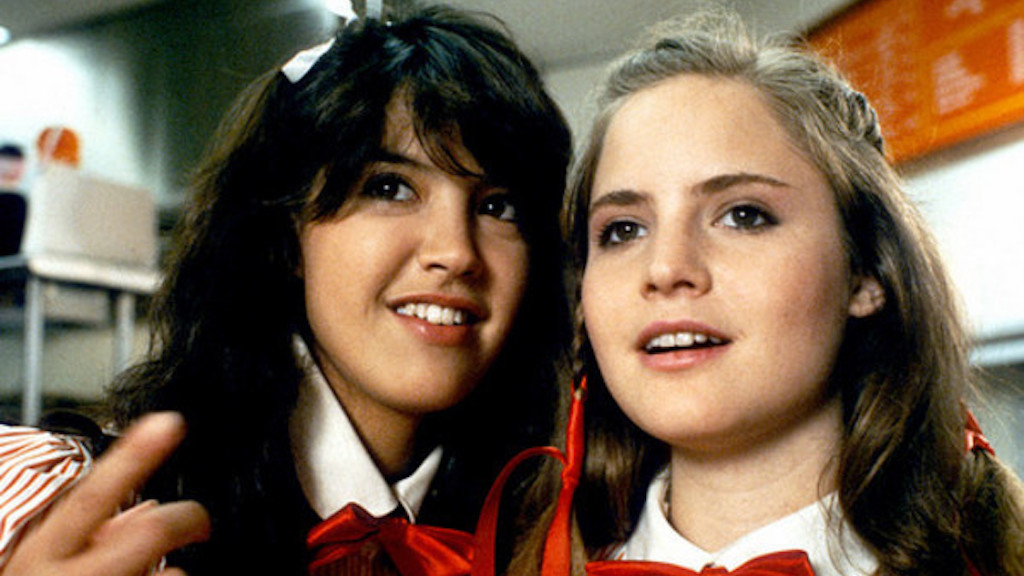
Fast Times is the one of those ’80s comedies that is may be more offensive to religious conservatives than people on the left, because it takes the side of a high school student, Stacy (Jennifer Jason Leigh, above right, with Phoebe Cates), who has an abortion after a smooth talker gets her pregnant and then turns out to be a worthless deadbeat.
Like Porky’s, this was one of those movies that kids in school yards spoke of in whispers — as one of those ’80s comedies that parents definitely didn’t want them to see.
It may have just been because of the famous Phoebe Cates pool fantasy sequence, but we don’t think so. The movie’s presentation of teen realities was a much bigger threat to the Moral Majority, the religious fundamentalists who thrived through the 1980s.
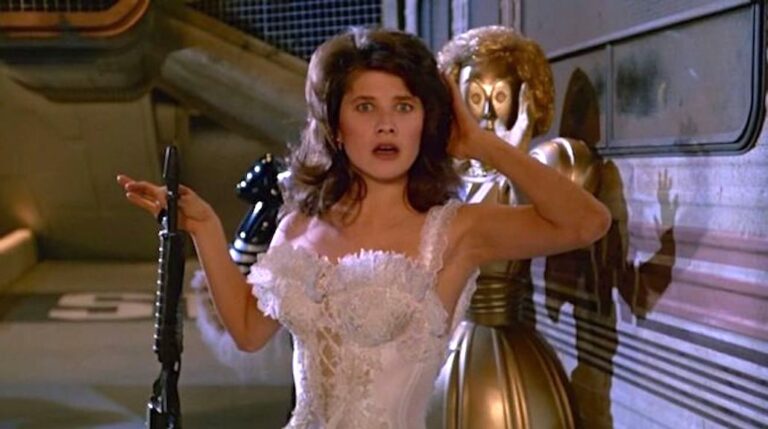
You might also like these two ’80s lists: The Best Cocky Blond Guys in ’80s Movies, and the Best Cute Brunette Friends in ’80s Movies.
You might also like this list of 12 Rad ’80s Movies Only Cool Kids Remember, featuring quite a few ’80s comedies.
Main image: Fast Times at Ridgemont High.
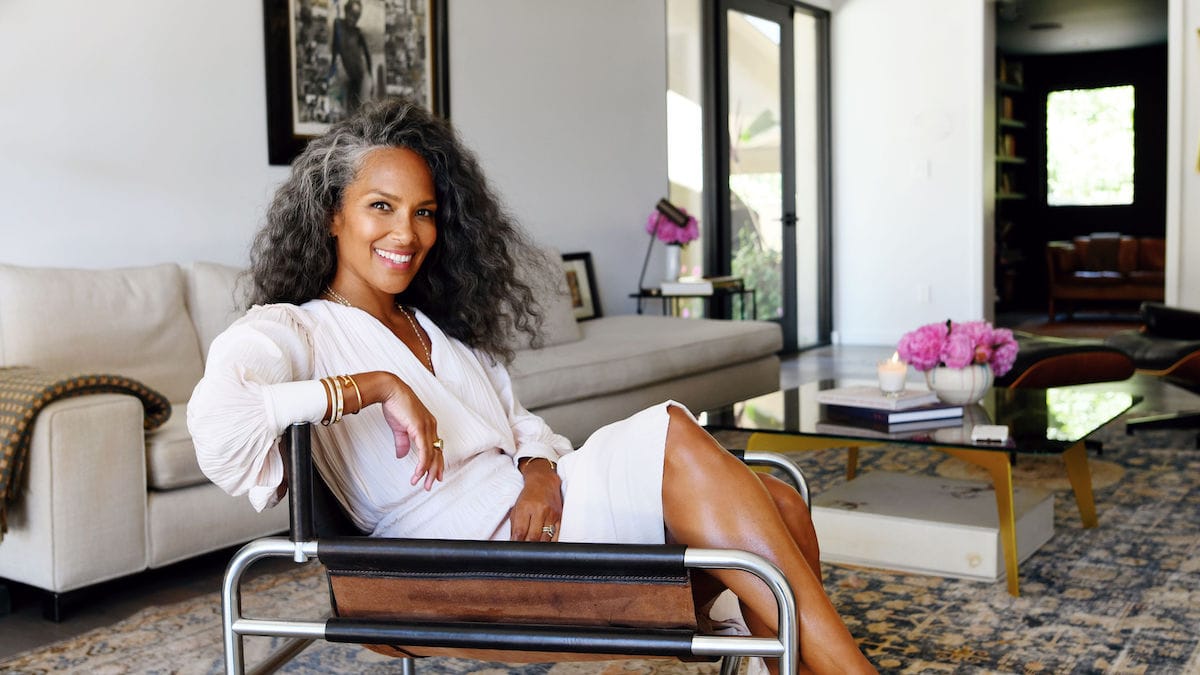
Mara Brock Akil always wanted to be a writer. What she didn’t know was how to make a living at it. So she pursued the practical thing and attended one of the country’s top journalism schools, Northwestern University. There, she quickly realized two things: She loved higher education and journalism was not for her.
Working at a newspaper internship, she decided that “the news is not interested in the humanity of us. They didn’t care about the stories I thought were real news and should be included. I was leaning more toward feature-type of writing.”
She pivoted to advertising, but after a friend invited her to an Organization of Black Screenwriters meeting hosted by producer Gus Blackmon, she found her “heart’s desire.” She talked her way into a screenwriting class and wrote her first script, a romantic project called Limits, about a girl in college.
“I went to class and my whole life changed,” she says. “I wrote a script and I fell in love. I had endless energy. I didn’t need to eat. I was in love, and I wanted to be in that world. My whole life changed.”
After graduating, she turned down an advertising job to work as an assistant manager at the Gap in Chicago. The retailer’s management program taught her the skills she’d need to eventually run her own show. She also frequented comedy clubs, where she befriended Mark Adkins, Sinbad’s brother and manager.
“Eventually I knew I had to be in L.A. I couldn’t be John Hughes off the bat and stay in Chicago,” she recalls. She packed up and called Adkins, who was launching The Sinbad Show. He had one job opening left, for a production assistant. Brock Akil jumped at the chance, and wound up meeting writers like Ralph Farquhar and Michael Weithorn, as well as renowned dancer/director/actor Debbie Allen.
“The Sinbad Show was my breakthrough. I got to meet all these writers in that community and be a part of that community, and that’s why I moved along,” she says.
“I was talented with my script, but before they saw my script they saw me. I was on time. I was helpful. Vibes and bringing that energy and spirit and knowing people’s names was my job. All of it matters.”
Through her connections with Farquhar and Weithorn, Brock Akil became a writing trainee on their show South Central in 1994. Two years later, Farquhar enlisted her for the writing staff on Moesha. She was 25 years old.
“And I have not looked back,” she says. “Ralph had a lovely way of rejecting my pitches when I would not give up. He would say, ‘Hey Mara, heard you, love it. But how about you save that for your pilot?’ I started going home and writing down all the things that I was saving for my pilot.”
In 2000, Brock Akil realized her dream of creating and running her own show with the launch of Girlfriends, which ran for eight seasons. Six years later, she also created the nine-season spinoff The Game.
“If you look at TV, you’d think everybody has a murder mystery and everybody’s gonna be in the car chase. That’s not how my life rolls,” she says.
“My pen wants to figure out how to craft people’s real biggest dramas that still entertain and tell a story that is riveting, captivating, funny, emotional, and how the majority of us are actually experiencing life.”
Also Read: Cobra Kai Showrunners Wax On About Its Beginning and End
In 2013, Brock Akil continued that approach with the four-season run of Being Mary Jane, starring Gabrielle Union as a talk show host balancing her personal and work lives. Five years later, the creative got even more personal with the 10-episode series Love Is, which was inspired by her real-life marriage to writer and producing partner Salim Akil. The project explored love between a modern power couple in Black Hollywood in the 1990s.
These days, the real-life couple works together under Akil Productions, but they continue to pursue their own writing projects. As Akil ventures more into art and different mediums of expression, Brock Akil remains interested in relationships and stories around the nuances of love and characters. She’s also passionate about teaching other writers through her residency program, The Writers’ Colony.
“I’m telling my stories and I have this urgency to stay focused on me and follow my heart. To do that, I have to build out more community and more relationships,” she says. “I’m also really excited about The Writers’ Colony, and I want to build that. Salim and I were just over here, the two of us making things together beautifully and I love that era, but you have to keep building out and I’m excited to be in this era, too.”
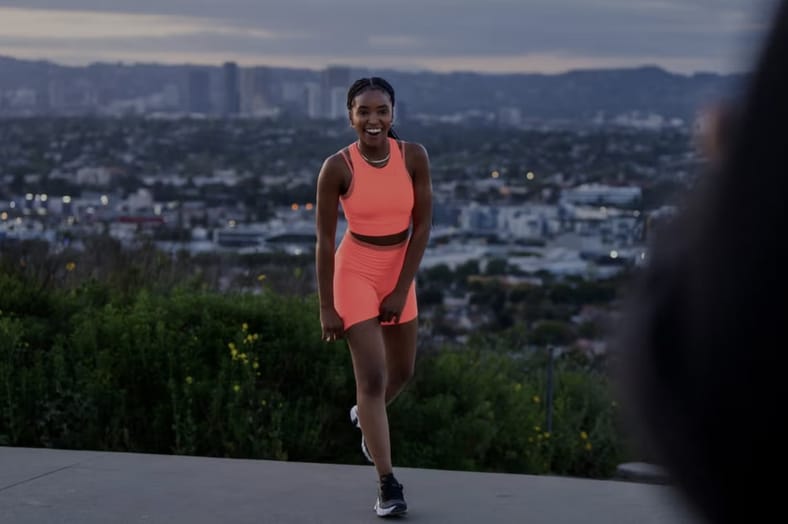
What’s on the creative’s heart in this era is her children, and she’s been thinking a lot about the world they’re growing up in.
And so, under an overall deal with Netflix she struck in 2020, she’s adapted Judy Blume’s 1975 novel Forever, which has been frequently banned in schools and libraries for its depictions of teen love.
Notably, the first project she executive produced for Netflix, 2023’s Stamped from the Beginning, was based on Dr. Ibram X. Kendi’s Stamped from the Beginning: The Definitive History of Racist Ideas in America. A version of the book aimed at young readers was No. 2 on the American Library Association’s list of the Top 10 Most Challenged Books of 2020.
“I was never really an IP person — I love original stories. I do think you’ll see that in Forever. But my first entries into IP, and I’m going for all the banned books,” she laughs. “It’s funny. I love it. It tickles me that the banned book is now going to go global.”
In adapting Forever, Brock Akil focused on the novel’s essence rather than exact plot points, and added modern teen challenges like social media. In depicting how Keisha (Lovie Simone) and Justin (Michael Cooper Jr.) fall for each other, Brock Akil collaborated with Blume to remain focused on the book’s initial intent and spirit.
“Judy wrote Forever for her daughter in a lot of ways. For young women, it was a pivotal time of agency where the birth control pill was out there and they could think about protecting their future and exploring healthy sex and love,” she says.
“Here I am as a Black mother in the 2020s and I want to see my son have agency as a young Black boy. And now that he’s interested in girls, not become America’s No. 1 threat. Where is his future in the ability to explore his love life and sexuality without being off the bat a criminal? That me and my husband have to talk to our son about rape before he understands love is very harsh, but you’ve got to protect them while they’re also out there trying to figure out who they are.”
Brock Akil says that just as Blume was making space for young girls to see themselves as full human beings and not in service to men, Forever makes space for Black teenagers in a society that isn’t always welcoming.
“How can we be in service to our own lives?” she asks. “I was a journalist. I’m observing the truth, this lived experience, and I want to tell it through fiction. My specificity, my heart’s desire, my musing, is my window into universal storytelling.”
Forever is streaming on Netflix beginning Thursday.
Main image: Mara Brock Akil. Photo by Elizabeth Morris / Netflix
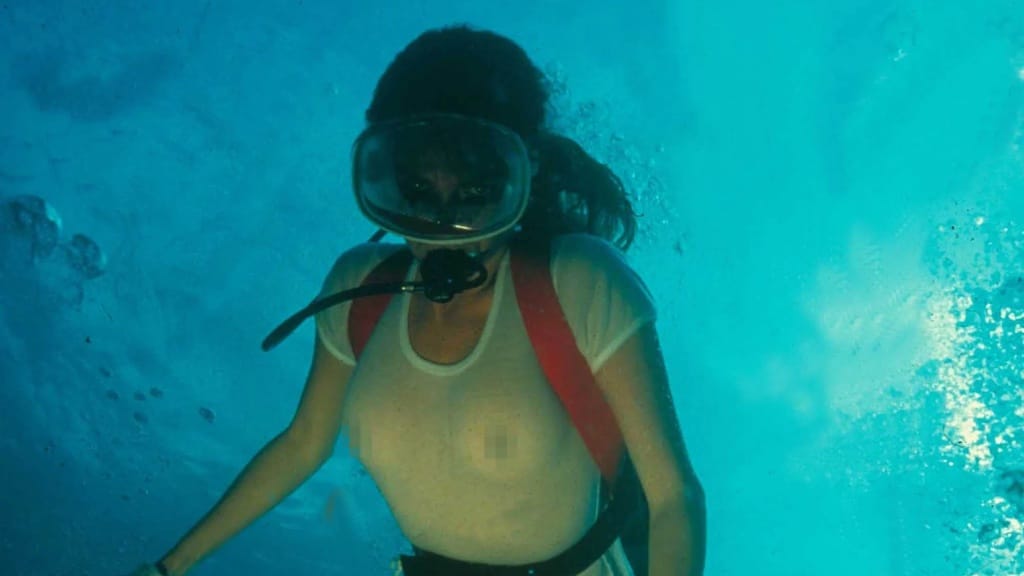
Here are the top 10 movies of 1977, ranked by domestic box office. The film at No. 1 permanently changed the kinds of movies that get made in Hollywood.
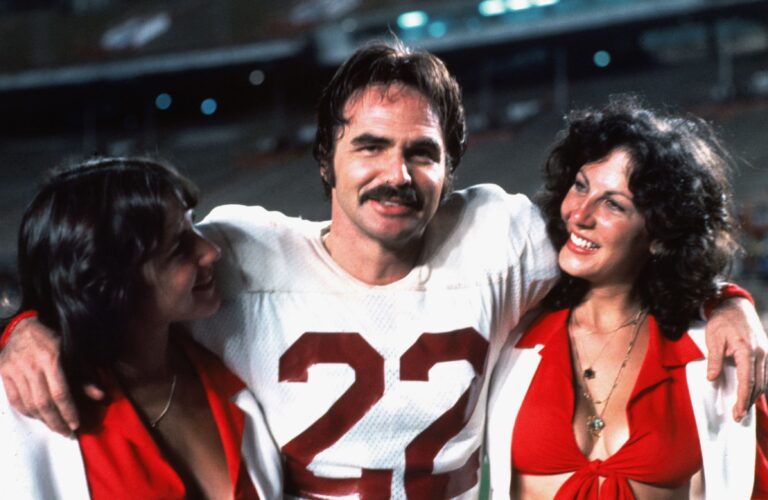
Burt Reynolds was such a huge star in 1977 that he starred in two of the films on this list. Semi-Tough is a sports comedy that features a love triangle between the very 1970s cast of Reynolds, Kris Kristofferson and Jill Clayburgh.
The United Artists release, which came out November 11, earned over $37 million, making it No. 10 on this list of the 10 top movies of 1977, by domestic box office, not adjusted for inflation.

Widely considered Woody Allen’s masterpiece, this romantic comedy starring Allen and Diane Keaton, as the title character, was not only a commercial but critical smash: It won the Oscar for Best Picture, Best Actress (for Keaton) and Best Director (for Allen) — as well as Best Screenplay for Allen and Marshall Brickman.
The film, released by United Artists, debuted April and earned $38.2 million. It’s No. 9 on the list of the 10 top movies of 1977, by domestic box office, not adjusted for inflation.

George Burns (right), who was 81 at the time of the film’s release, plays God, who visits normal-guy grocery store assistant manager Jerry (John Denver, left).
When Jerry agrees to spread God’s message, his wife Bobbie (Teri Garr) isn’t sure it’s the best idea.
The film inspired a trilogy that includes one of the film’s on this list. Released by Warner Bros. on October 7, it earned $41.7 million. It is, you guessed it, No. 8 on the list of the 10 top movies of 1977, by domestic box office, not adjusted for inflation.

The third James Bond film to star Roger Moore (left) — who is No. 4 on our list of James Bond Actors, Ranked — pairs him with Soviet agent Anya Amasova (Barbara Bach, right) as they try to stop a plot to end civilization in favor of a new undersea world.
They’re bedeviled by Jaws — not the shark from the top-grossing film of 1975, but the henchman played by Richard Kiel.
Released by United Artists on July 13, The Spy Who Loved Me moonraked in $46.8 million. It ranks No. 007 on the list of the 10 top movies of 1977, by domestic box office, not adjusted for inflation.
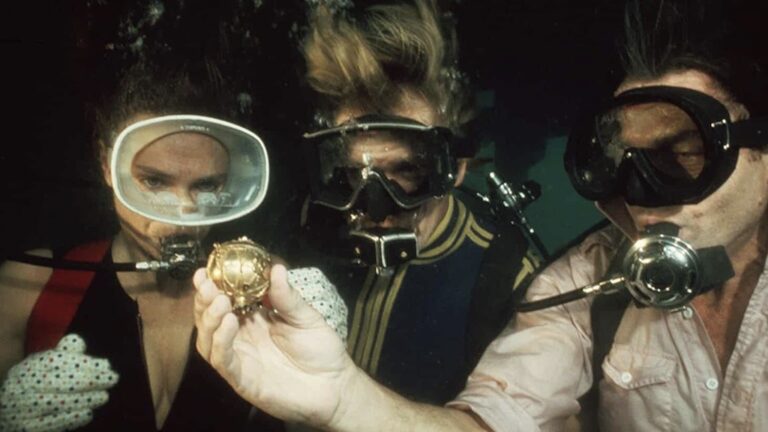
This thriller stars Jacqueline Bisset and Nick Nolte as amateur treasure-hunting divers who come across the cargo of a World War II shipwreck, which puts them at odds with local criminals. It was co-written by Peter Benchley, who wrote the novel Jaws and co-wrote the film.
Released by Columbia Pictures on June 17, it earned $47.3 million. Its No. 6 on the list of the 10 top movies of 1977, by domestic box office, not adjusted for inflation.
And Bisset is on our list of Stars of the 1970s Who Are Still Going Strong.

Richard Attenborough’s World War II drama stars a plethora of great actors, including Sean Connery, Laurence Olivier, Robert Redford, Gene Hackman, Anthony Hopkins, Michael Caine, and the recently departed Ryan O’Neal. It’s also co-written by the great William Goldman (All the President’s Men, Butch Cassidy and the Sundance Kid, The Princess Bride.)
Released by United Artists on June 15, it collected $50.8 million. It comes in at No. 5 on the list of the 10 top movies of 1977, by domestic box office, not adjusted for inflation.
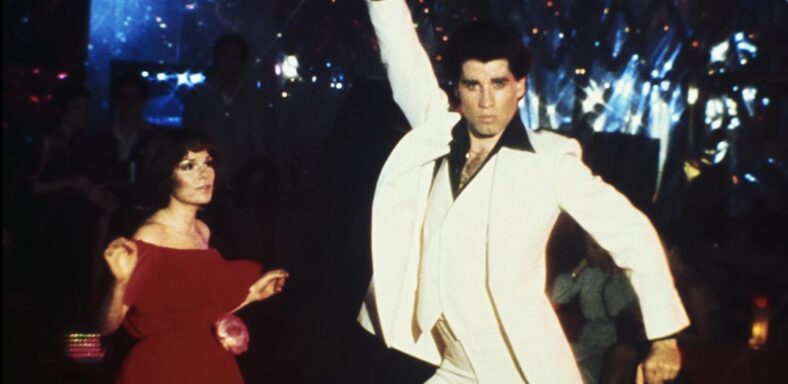
With a soundtrack that defined the late ’70s, this John Travolta disco drama follows Tony Manero (Travolta) as he splashes paint and dances up a storm in Brooklyn. It’s based on the New York article “Tribal Rites of the New Saturday Night” which author Nik Cohn later admitted he mostly made up.
Audiences didn’t notice, or didn’t care. The Paramount Pictures release, which came out December 16, hustled up $94.2 million. It is, of course, No. 4 on the list of the top 10 movies of 1977, by domestic box office, not adjusted for inflation.
It also earned a place on

Stephen Spielberg’s followup to his hit Jaws, which reunited him with Jaws star Richard Dreyfuss, wasn’t as big a hit as the shark epic — but few movies are.
Close Encounters — the second movie on this list to feature Teri Garr (who would reunite with Dreyfuss for 1989’s Let It Ride ) — earned $116.4 million after its November 16 release by Columbia Pictures. It’s No. 3 on the list of the top 10 movies of 1977, by domestic box office, not adjusted for inflation.

This Burt Reynolds-Sally Field action comedy — about a Trans-Am on a mission to distract from a truck full of beer — was the No. 2 film domestically with a total haul of $127 million. This is one time the Bandit ended up in second place.
By the way, all of these domestic box office totals are from Box Office Mojo, a fun site we highly recommend exploring.
Interestingly, Smokey and the Bandit debuted on May 27 — just two days after the No. 1 movie on our list.

The 20th Century Fox film, which eventually became known as Star Wars: Episode IV — a New Hope, was the top film of 1977 with a domestic gross of $307 million. (Adjusted for inflation, that’s $1.3 billion.)
George Lucas’ story of Luke Skywalker’s quest to rescue Princess Leia from the Death Star — and her quest to lead the Rebellion to use some secret plans to blow up said Death Star — launched the second-most successful franchise in film history. Star Wars films have made more than $5 billion, trailing only the $11.8 billion for the Marvel Cinematic Universe.
The incredible box office receipts of A New Hope (we still just call it Star Wars) helped open studios’ eyes to new ways of making money — not just through films, but endless merchandising in the form of action figures, remote-controlled R2D2s, and lightsabers.
It changed the kinds of movies that got greenlit, and signaled that ’70s audiences — who had grown accustomed to downbeat endings — were ready for optimism. Movies would never be the same.
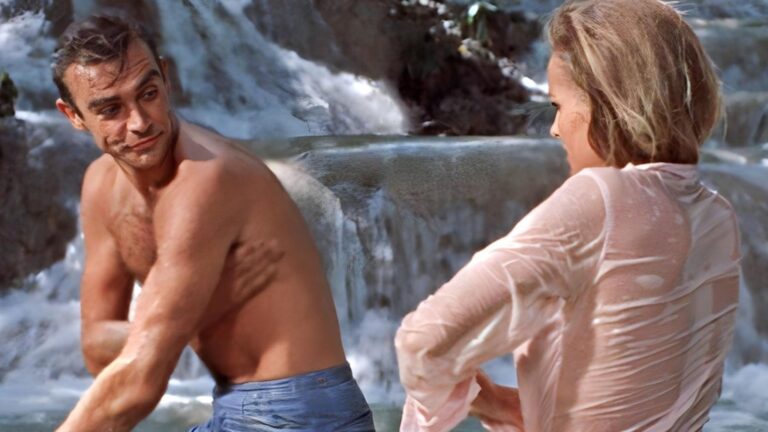
You might also like this list of All 11 Star Wars Movies, Ranked Worst to Best or this list of 12 Rad ’80s Movies Only Cool Kids Remember.
Main image: A publicity still of Jacqueline Bisset in The Deep. Columbia.
Editor’s Note: Corrects main image.